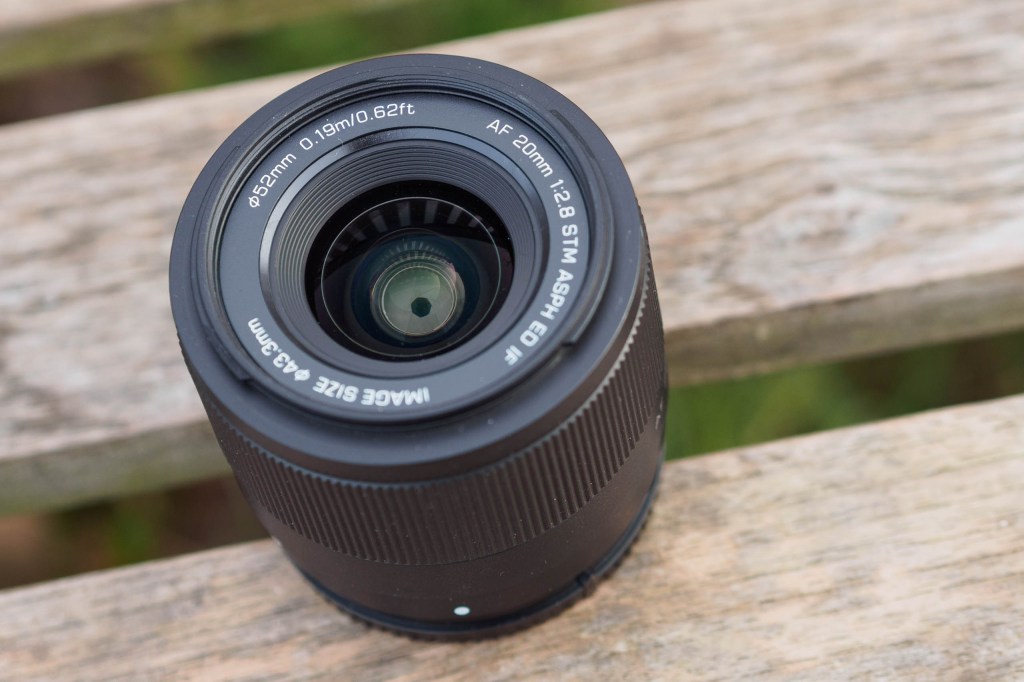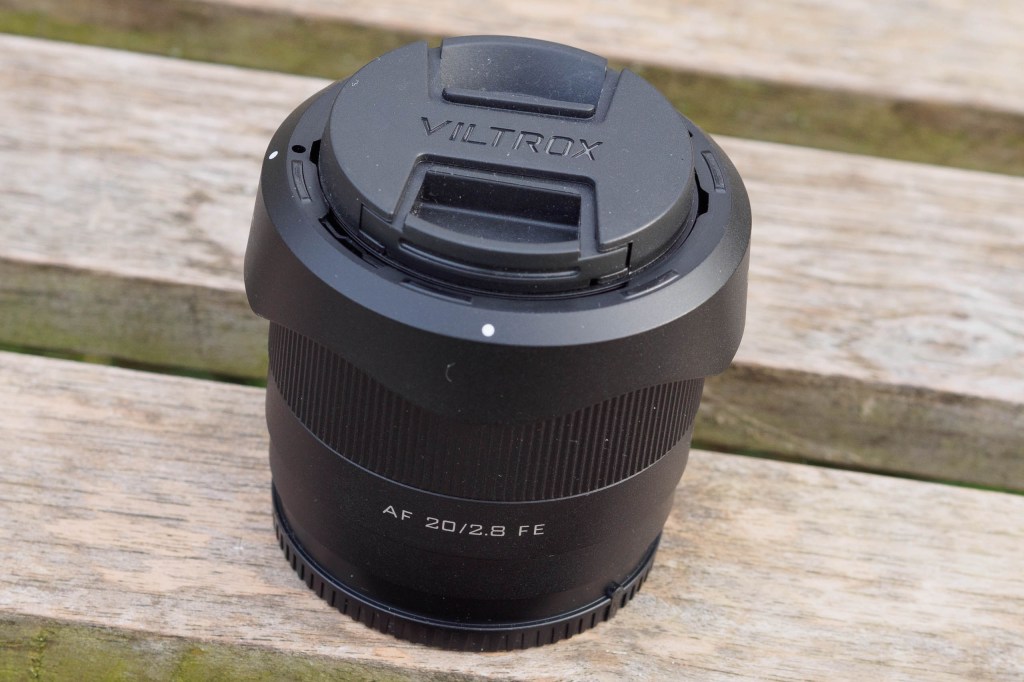One of the main attractions of mirrorless systems has always been the promise of smaller and lighter cameras and lenses, especially wideangles. The Viltrox AF 20mm F2.8 FE is, perhaps, a case in point. It’s a remarkably small wideangle prime for Sony E-mount full-frame mirrorless cameras, that measures less than 6cm long and weighs a mere 157g. It’s also astonishingly cheap – it can be bought from the firm’s online store for just $158 (around £125), including free shipping.
Viltrox AF 20mm F2.8 FE at a glance:
- Wideangle prime lens
- Designed for full-frame cameras
- Available in Sony E-mount
- 59.5mm long x 65mm diameter, 157g
- 19cm minimum focus
- 52mm filter thread
To put this bargain-basement price into context, we only have to look at the competition. The closest alternative is the Tamron 20mm F/2.8 Di III OSD Macro, which focuses closer but is rather larger, and costs $299 / £299. There’s also the Samyang AF 18mm F2.8 FE, which is similar in size and weight, but will set you back $399/ £345. We’d usually consider both of these lenses very affordable, but the Viltrox is a fraction of the price.

The Viltrox AF 20mm F2.8 FE is designed for use on Sony’s full-frame mirrorless cameras. Credit: Andy Westlake
With its 20mm focal length, this lens looks like an incredibly tempting option for anyone who’d like to complement a standard zoom with something a bit wider, but without breaking the bank or weighing down their bag. It could be especially interesting for travel photographers who enjoy shooting subjects such as landscapes, architecture, or interiors. It might also be ideal for vloggers. But given the low price, can it really be any good?
Viltrox AF 20mm F2.8 FE: Features
On paper, one area where Viltrox doesn’t appear to have skimped lies with the optics. The AF 20mm F2.8 FE employs 10 elements in 8 groups, including two made from extra-low dispersion (ED) glass and one from high refractive-index (HR) glass to minimise chromatic aberrations. Two aspherical elements are also on board in a bid to maximise corner-to-corner sharpness.
The firm’s HD Nano multilayer coating is employed to suppress flare and ghosting, while the front element is treated to a water-repellent coating.
Where the firm has really kept things simple lies elsewhere. The aperture diaphragm is formed of 7 blades, with no real effort made to deliver a rounded opening for attractive bokeh. But with this lens, you’re rarely going to get much in the way of background blur anyway, so using a basic aperture mechanism makes sense.
Focusing is internal, driven by a stepper motor. The minimum focusing distance is just 19cm, which delivers 0.17x maximum magnification. Filter users are accommodated via a 52mm thread, and a bayonet fitting, petal-shaped lens hood comes in the box.
One neat feature is a USB-C port embedded into the lens mount, which is used for updating the firmware. Connect the lens to your computer, and it’ll show up as a USB drive. All you have to do is download the latest firmware file from the Viltrox website and copy it across; the lens then automatically updates itself.
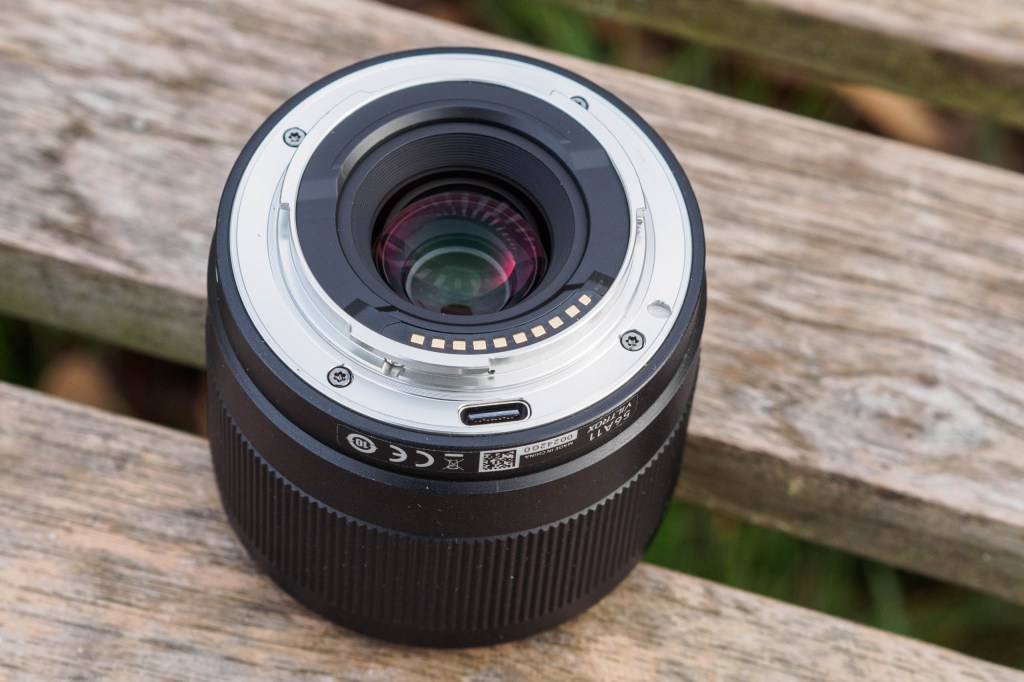
A USB-C port is embedded into the metal mount, which allows the firmware to updated really easily. Credit: Andy Westlake
I updated the lens to the latest firmware (V1.1.2 at the time of writing), and it’s a pain-free process that’s much easier than using a dock with proprietary software, or updating via the camera. Quite simply, all lenses should work this way.
Viltrox AF 20mm F2.8 FE: Build and Handling
In design terms, the Viltrox AF 20mm F2.8 FE is little more than a plainly styled plastic-skinned cylinder with a metal mount plate. There’s just a single control, with the manual focus ring covering almost half of the barrel and rotating smoothly with no end-stops. This is actually a marked departure for Viltrox, which until now has produced rather higher-end designs, often with metal barrels and aperture rings.
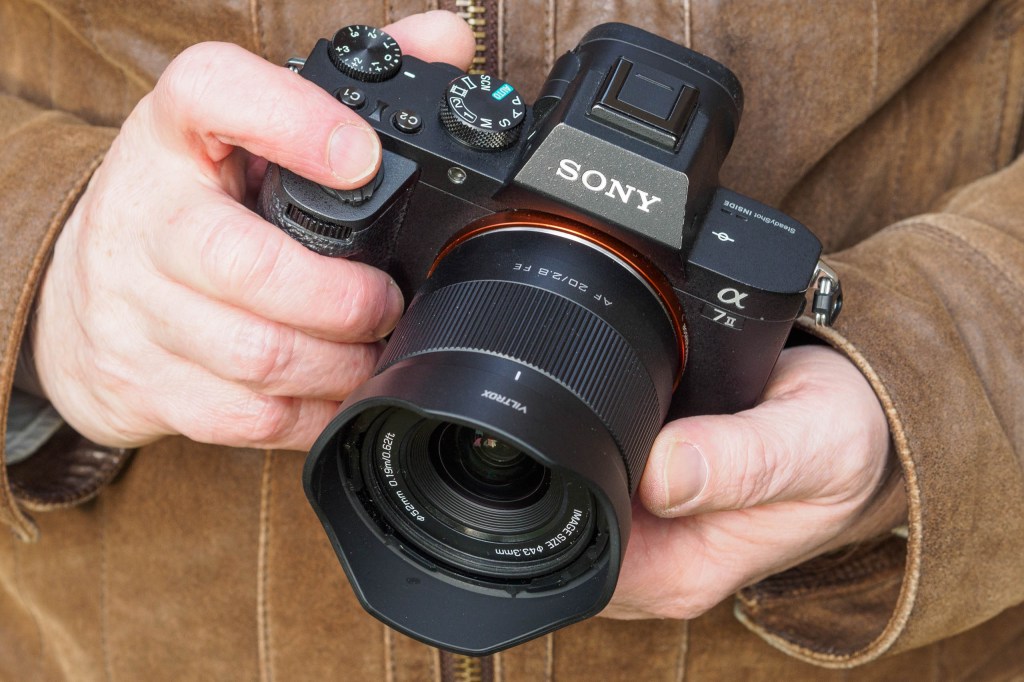
The lens may be small and light, but it doesn’t feel excessively fragile in your hand. Credit: Andy Westlake
Despite its light weight, the lens doesn’t feel particularly fragile. It’s an agreeable companion both to Sony’s SLR-shaped full-frame cameras, and the smaller A6000-series APS-C models, on which it gives a 30mm equivalent view. Just be aware that there’s no weather-sealing, so be careful with it in wet or dusty conditions.
About my only minor handling quibble is that the hood doesn’t click very firmly into place. I didn’t find this to be problematic while shooting, but I did occasionally discover the hood had worked itself loose when removing the camera from my bag.

Vitrox AF 20mm F2.8 FE compared to Tokina Firin 20mm F2 MF (left) and Sony FE 16-35mm F4 ZA OSS (right). Credit: Andy Westlake
The three-way comparison above emphasises just how small this lens is compared to various alternatives you might consider. It’s much smaller and lighter than the stop-faster, manual focus Tokina Firin 20mm F2 MF, which is very similar in length to the excellent Sigma 20mm F2 DG DN. It also takes up much less space in a bag than a wideangle zoom, such as the Sony FE 16-35mm F4 ZA OSS.
Viltrox AF 20mm F2.8 FE: Autofocus
Unusually, autofocus performance depends dramatically on the camera you use. With recent cameras such as the 33MP Sony Alpha A7 IV, there’s absolutely nothing to complain about, with AF being snappy and decisive. However, I mostly used it the slightly older 60MP Sony A7R IV, on which it’s shockingly slow. Not only does it take a second or more to acquire focus, but it often fails completely in low light. I wouldn’t even consider using it in continuous autofocus (AF-C) mode.

Autofocus is very slow on the A7R IV, and often fails in low light, requiring manual focus instead. Credit: Andy Westlake
This is by far the worst performance I’ve experienced from any lens on the A7R IV, which isn’t exactly an old model. It was only launched in 2019, and has always been considered to provide excellent focusing. Autofocus is even worse on older cameras such the Sony A7 II, which may date from 2014 but is still on sale new.
It’s clear that the difference lies with the focus method being used. Newer cameras are able to use phase detection, while older ones fall back on contrast detection instead. It’s possible that a firmware update could fix this problem, but until then, it’s very much a case of buyer beware.
To be fair, we also have to consider how much the slow AF on older cameras actually matters for many of the lens’s likely subjects. Landscapes and buildings, for example, are usually happy to wait. On the other hand, it would be useless for any kind of moving subject.

On older cameras like the Sony A7 II, autofocus is painfully slow and hesitant – but ultimately accurate. Credit: Andy Westlake
Thankfully on those occasions where autofocus fails, manual focus works perfectly well. The focus ring is smooth and precise, enabling critically accurate focusing. If you enable MF Assist, rotating the focus ring will automatically call up a magnified view, which always gives the sharpest results. In addition, the lens is fully compatible with Sony’s Direct Manual Focus (DMF) mode, which allows the focus to be adjusted manually after autofocusing.
On a more positive note, the autofocus is at least very quiet, and usually perfectly accurate. Viltrox has also done a good job of suppressing focus breathing. The angle of view narrows a little on focusing closer, but it’s only noticeable if you really go looking for it.
Viltrox AF 20mm F2.8 FE: Performance
Of course, the real question with the Viltrox AF 20mmm F2.8 FE is just what this low-cost lens can deliver in terms of optical quality. In this respect, it probably shouldn’t come as any great surprise to find that it doesn’t perform as well as pricier alternatives; it’s no match for the stunning Sony FE 20mm F1.8 G, for example. But that doesn’t mean it’s not capable of producing sharp images, especially when stopped down to normal full-frame working apertures.

The lens renders strong levels of detail across the frame when stopped down. Credit: Andy Westlake
Looking first at sharpness, the middle of the image is impressively crisp even at f/2.8. But this central zone of sharpness doesn’t extend very far outwards, with the edges and corners looking distinctly blurred when you examine images onscreen. In part, this is down to fairly strong curvature of field, so if your main point of interest is well off-centre, it’s best to position the focus point accordingly.
In night scenes, off-centre point light sources such as streetlights show pronounced coma distortion into diamond shapes.
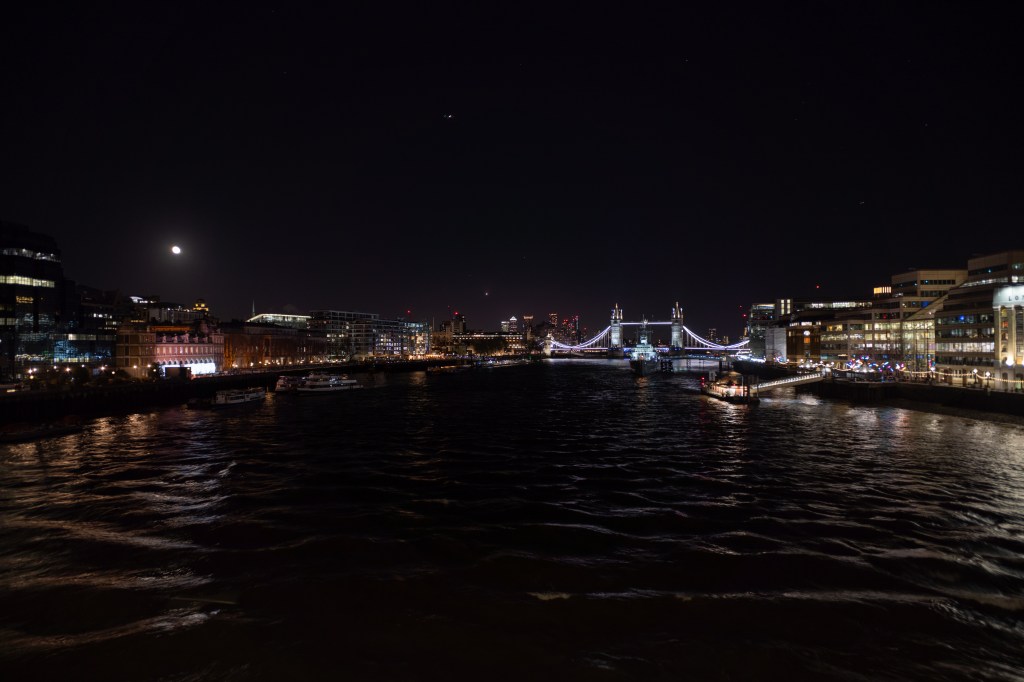
Night-time shots at f/2.8 reveal comatic distortion on point light sources. Credit: Andy Westlake
Stop down the aperture, and the zone of central sharpness expands progressively. There’s still some softness visible in the corners at f/5.6, but it’s unlikely to be problematic in most real-world shots. Once you reach f/8 to f/11, the lens renders fine detail all the way across the frame, even on the 60MP A7R IV – and these are arguably the apertures you’ll be using most of the time anyway.
There’s inevitably a little diffraction softening at f/16, but that will often be an entirely acceptable trade-off when you need extended depth of field.

Image files are clean and detailed, with no colour fringing towards the edges. Credit: Andy Westlake
Chromatic aberration is corrected automatically, both in-camera and by Adobe raw processing software. This means images look nice and clean, with no problematic colour fringing towards the edges of the frame. As for vignetting, rather abrupt darkening of the far corners is visible at f/2.8, which can look distinctly unattractive in plainly toned areas such as blue skies. But it goes away on stopping down to f/5.6.
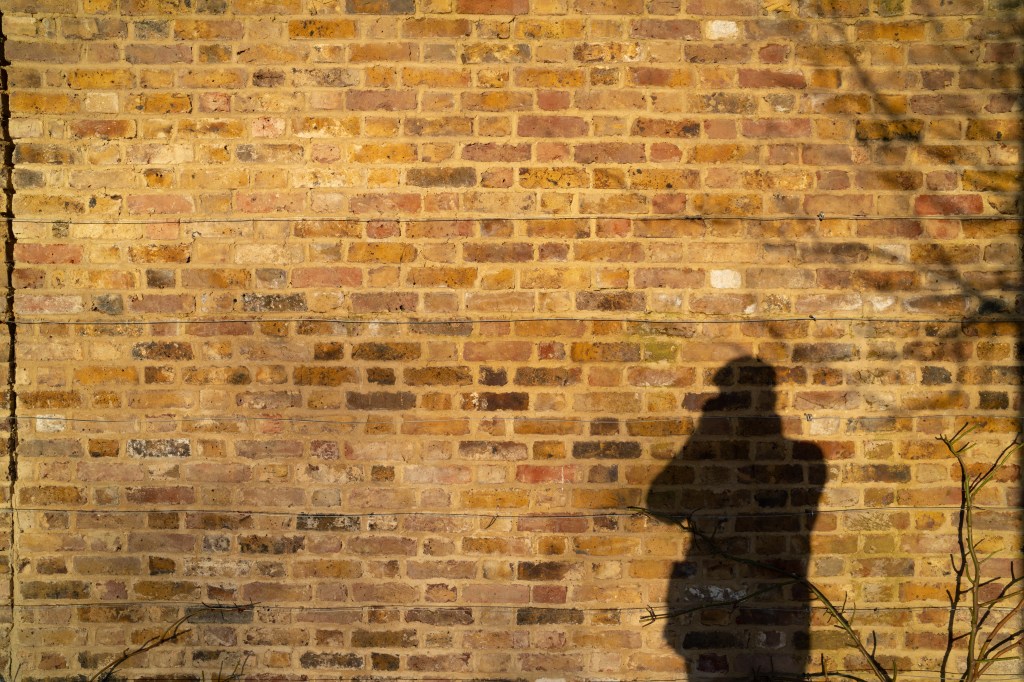
Here you can trace the lens’s wavy distortion pattern along the lines of brickwork at the top and bottom. Credit: Andy Westlake
When it comes to distortion, uncorrected raw files show a complex pattern, with mild barrel distortion in the centre, but quite pronounced pincushion-type outward stretching at the corners. With in-camera correction set to Auto, as you need to have set for most lenses, this wavy effect actually gets more pronounced in the camera’s JPEG output. Even so, it’s only likely to be visible when shooting images with long straight lines, most obviously architecture or seascapes.

There’s a slight loss of contrast on the left of this shot, but it’s not a big problem. Credit: Andy Westlake
Flare can be more problematic than with pricier optics, with a distinct loss of contrast sometimes visible in parts of the image when shooting into the light. Often, though, you can see this in the viewfinder and take appropriate countermeasures, by shielding the front element from the sun with your hand.
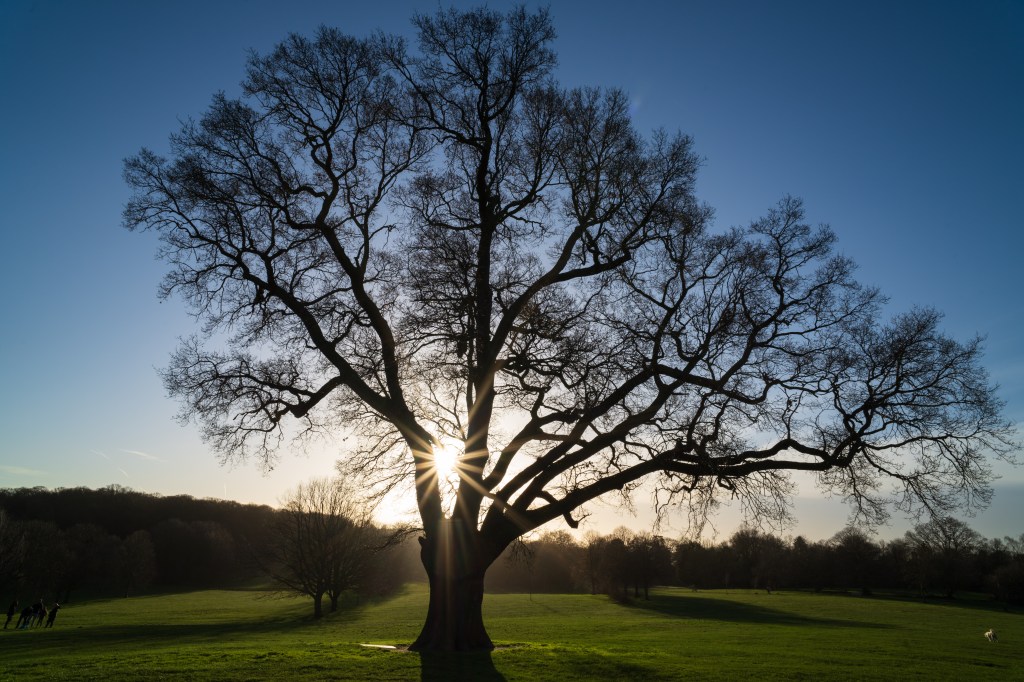
Stop down to f/11, and you can induce nicely defined sunstars. Credit: Andy Westlake
Stop the lens down to f/11, and you can induce quite attractive 14-ray sunstar effects around point light sources within the frame.
Viltrox AF 20mm F2.8 FE: Our Verdict
Viltrox may not be the first name that springs to mind when thinking about lens makers, but it’s clear the firm is intent on breaking into the mainstream market. With the AF 20mm F2.8 FE, it’s produced a lens that’s sure to appeal strongly to budget-conscious users of Sony’s A7 series cameras. Its wideangle view makes it a perfect complement to a standard zoom, and nothing comparable can come close to matching its bargain price.
Optically, it’s very much a case of you get what you pay for. If you’re hoping for pin-sharp corners at f/2.8 from such a cheap lens then, well, think again. But if you keep its limitations in mind and work accordingly, it can deliver very respectable results. After all, landscape photographers will likely be shooting at f/8 or smaller as a matter of course.
The one real confounding factor lies with autofocus. It’s absolutely fine on the latest Sony bodies, but terrible on older ones. So everything depends on which camera you use, and whether you need a 20mm lens to focus rapidly or not. Unfortunately, those people buying older, cheaper cameras are arguably the most likely to consider buying this lens.

The Viltrox AF 20mm F2.8 FE has its faults, but for the price it’s a bargain. Credit: Andy Westlake
Purely because of this, the lens is difficult to recommend unreservedly to everyone. For those with the latest cameras, it’s an absolute bargain. But for owners of older Sony models, it’s in dire need of a firmware update to make it work with phase detection. If Viltrox can achieve this, it’ll become worthy of a much higher rating.

Follow AP on Facebook, Twitter, Instagram, and YouTube.


